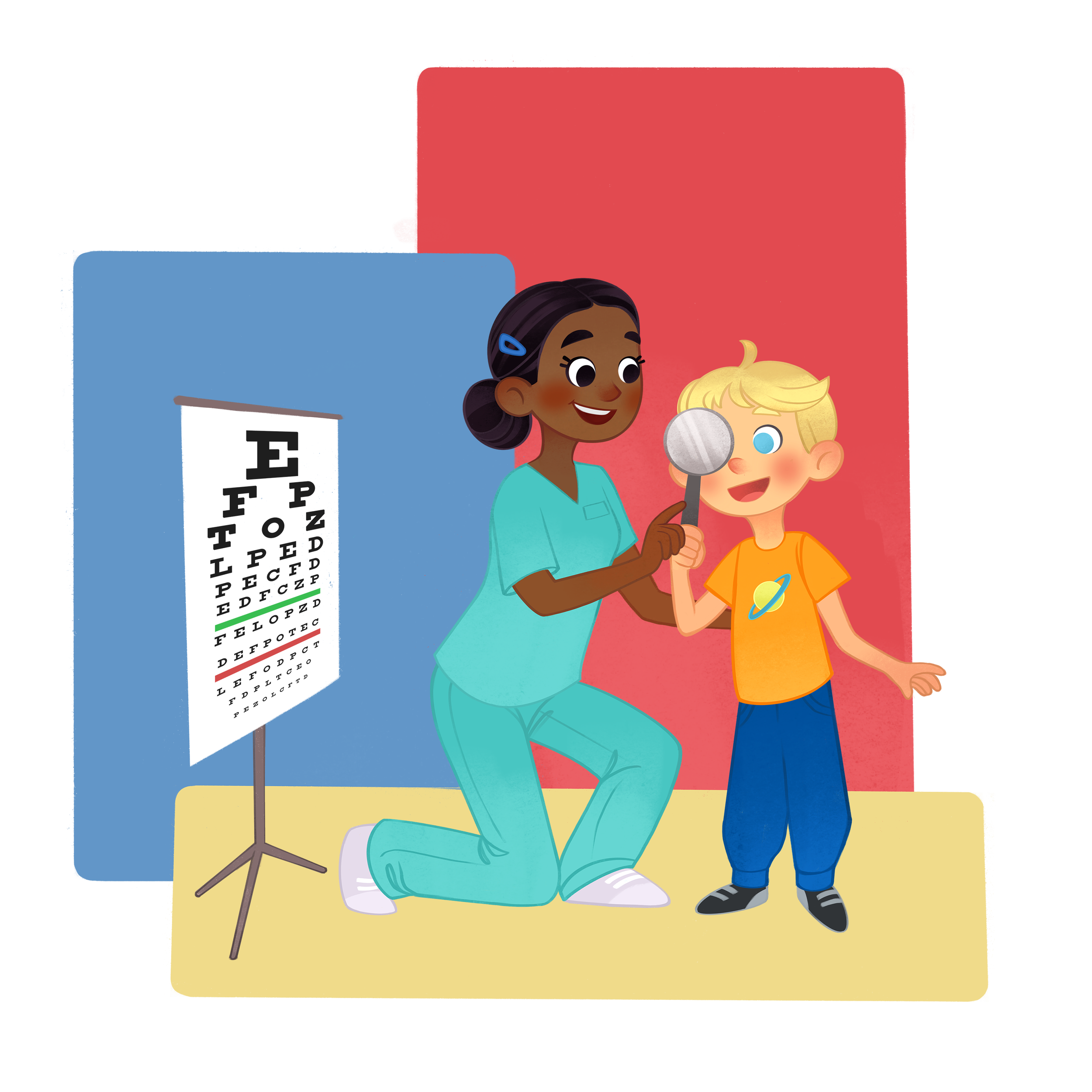
What is LEA BOP?

The LEA BOP (Billing Option Program) enables School Districts to receive reimbursement for health services provided to Medi-Cal eligible students. It provides critical funding for health services, especially for students with disabilities or complex health needs.
This program benefits students by generating additional funding for special education and health-related services, which can be used to improve resources, expand services, or support staffing needs.
*It is important to note that LEA BOP is a carve out program within Medi-Cal for LEAs and the reimbursement does not affect individual lifetime benefits.
Who is Eligible?
To be eligible for reimbursement, students must be enrolled in Medi-Cal and the health services provided must be part of the student's IEP or IFSP or Other Health Plan (OHP). These services must be medically necessary and delivered by qualified practitioners.
How to get started:
Districts must register with DHCS by submitting LEA BOP enrollment forms, verify licenses, credentials, and educational requirements for district health providers, and create an LEA Billing Option Collaborative to decide how funds will be spent.

SBR Makes it Easy
LEA’s must adhere to strict documentation and billing requirements to participate in the program. This includes keeping accurate records of services provided, ensuring that services are documented in the student’s IEP/IFSP or other health care plan, that ORP’s are up to date, logs are e-signed, and your district’s practitioners are participating in SMAA. SBR is here to help with all of it!

CRCS
(Cost Reconciliation Comparison Schedule)
What is it?
The CRCS is a tool used to ensure that the costs claimed for reimbursement are accurate, properly supported, and consistent with the requirements set forth by DHCS and CMS.
This document is used to compare each LEA’s total actual costs for providing LEA BOP services to the interim Medi-Cal reimbursement for the preceding fiscal year. The result is either an overpayment or an underpayment from DHCS.
Why is it important?
-
The CRCS ensures that the LEA is complying with state and federal guidelines for claiming Medi-Cal reimbursements.
-
It provides a way to justify and support claims in case of audits by the state.
-
It helps to ensure that the LEA is not over-claiming or under-claiming reimbursement for services rendered.
During the school year districts that participate in LEA-BOP submit to DHCS monthly claims for practitioners who have provided eligible health services to students.
The rates used for each practitioner and service are set by DHCS; these are called interim rates and the payments on these claims are called interim reimbursement.
DHCS considers this interim because the CRCS determines the final LEA-BOP reimbursement amount based on each district’s actual costs for providing services. These costs include salaries/benefits and administrative overhead. The CRCS also includes SMAA-RMTS data to factor the actual time spent on providing direct health services to students.
How does it work?

Two months before the CRCS is due, SBR will conduct a review with your district to ensure that your managers understand the purpose and goal of the CRCS.
The SBR-LEA system incorporates functions and processes that enable districts to meet State and Federal standards for compliance, accuracy and audit requirements. This means that most of the data input into the CRCS can be extracted from the SBR-LEA system.
Required CRCS data not contained in the SBR system are quarterly salaries/benefits data for district employed practitioners and annual costs for contracted practitioners. SBR provides a list of names for these individuals. Additional costs may be added to the CRCS but are handled based on individual district requirements.
SBR completes the CRCS and sends it to your district for review and signature. All your district needs to do is return the signed CRCS back to SBR. We submit it to DHCS and track its status until final approval.









